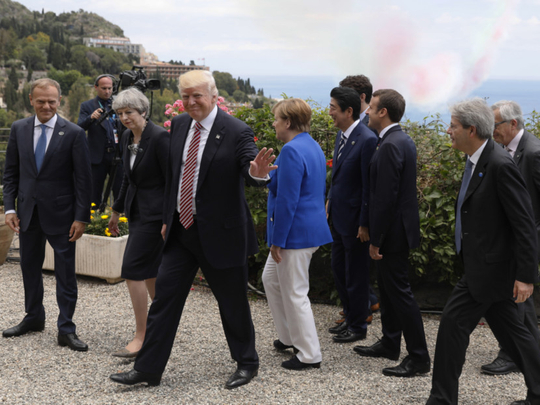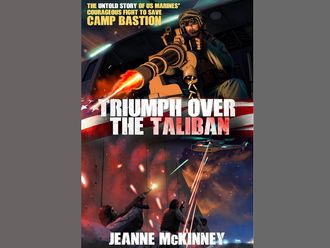
Canada’s The Globe and Mail was succinct in its astringent comment on the high profile summit, pointing out the overshadowing of the G7 by Trumpian agenda. “Mr Trump’s isolation act on climate wasn’t the only reason the other G7 leaders left the summit with forced smiles. The six knew months ago that Mr Trump would be no pushover, though they probably had some hope that their combined weight could force him to bend. He didn’t. Their fear, no doubt, is that future G7s and G20s will be hijacked or severely diluted by the Trumpian agenda,” the paper wrote.
The Financial Times noted that the US failed to endorse its commitment to mutual protection during the G7 meeting. “Common ground was found, as expected, on increasing cooperation to fight Islamist terrorism in the wake of the deadly suicide bombing in Manchester. But the two-day summit failed to resolve disagreements on climate or lift doubts over Mr Trump’s intentions on trade. Coming days after a Nato meeting in Brussels where the US leader failed to endorse his commitment to mutual protection, and scolded America’s allies for not spending enough on defence, the deadlock prompted diplomats and analysts to worry that the multilateral consensus and military alliances that have underpinned international relations since the Second World War may be under threat,” the paper added.
The New York Times sounded cautiously optimistic. “Trump campaigned on a platform of trade protectionism, nationalism and scepticism about multilateralism and climate change — all issues on which most European leaders have widely differing views. Europeans also depend on Nato for their ultimate defence and are more concerned about a more aggressive Russia than Trump seems to be, although his secretary of defence and national security adviser, both senior military officers, insist that the president is fully behind Nato’s Article 5.”
The Washington Post opined that Trump’s boorish nature during the summit didn’t behove the president. “[The] nine-day marathon foreign trip that concluded in Sicily has offered the first extended — and often unfiltered, thanks to the steady stream of raw camera footage provided by his host countries — look at Trump on the world stage. Trump was charming and boorish. He was deferential to the king of Saudi Arabia and Pope Francis, yet aggressively rude to his European colleagues, brushing aside a Balkan prime minister to get to his place lining up for a photo shoot at Nato.” The paper added that “Trump struggled to look interested during long meetings with allies in a room decorated with the flags of other countries. As the other G7 leaders strolled the streets of this ancient fortress town, Trump followed along in a golf cart.”
While the ‘moment of truth’ handshake between French president Emmanuel Macron and Trump was prominently highlighted by newspapers around the world, The Guardian chose to ask some pointed questions in a hard-hitting opinion: “What does this all mean? What can Trump’s handshakes tell the world about American diplomacy? What can they tell us about the man himself? Is he overcompensating for his smallness? It’s hard to say. Just as Trump doesn’t overthink matters of policy, he’s likely not undertaking in-depth planning of his handshakes. There are hands he will like and hands he won’t. Some, like the unfortunate prime minister of Montenegro, will be collateral damage. If you ever have the chance to shake the president’s hand, just come prepared.”





_resources1_16a31069e4e_small.jpg)






